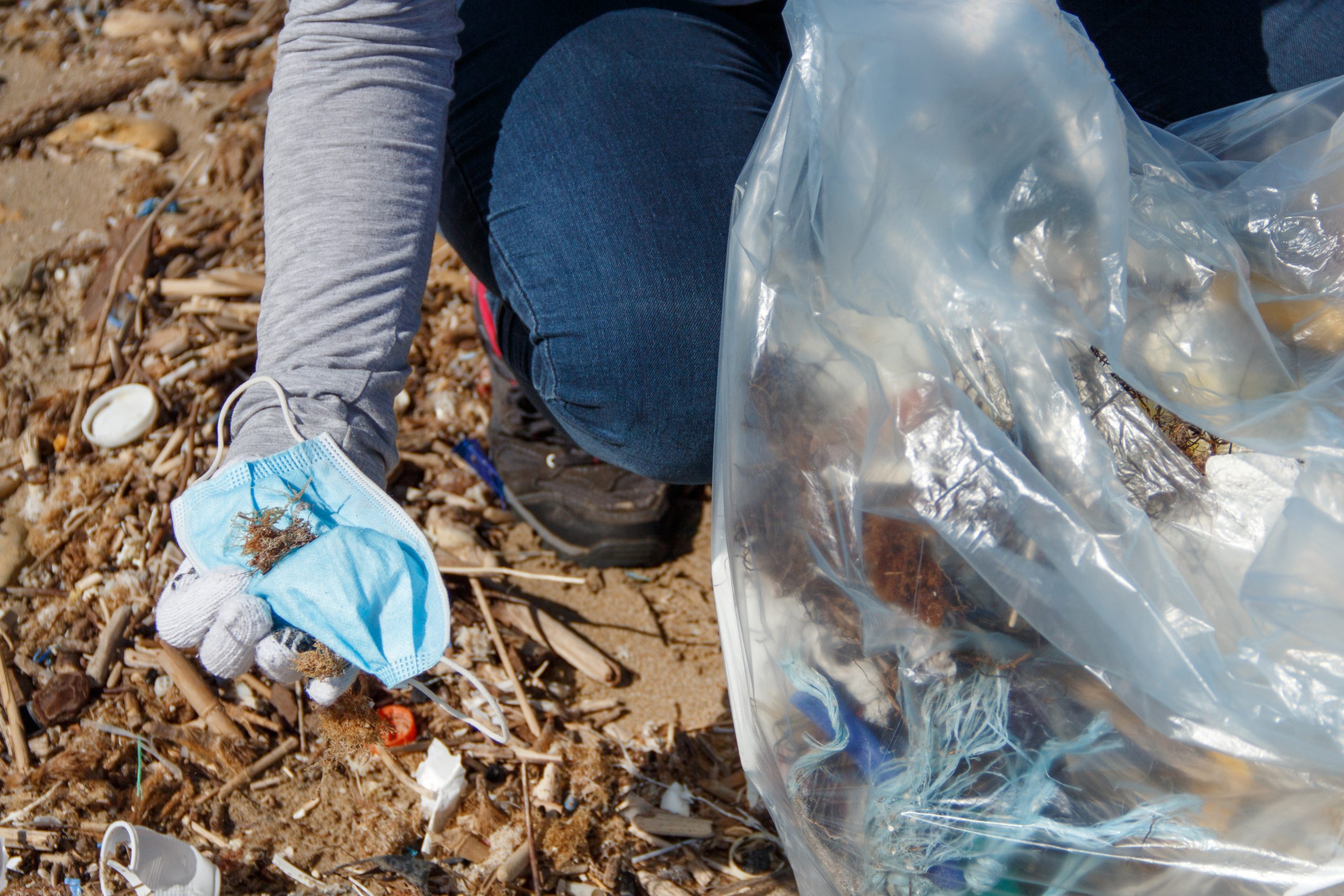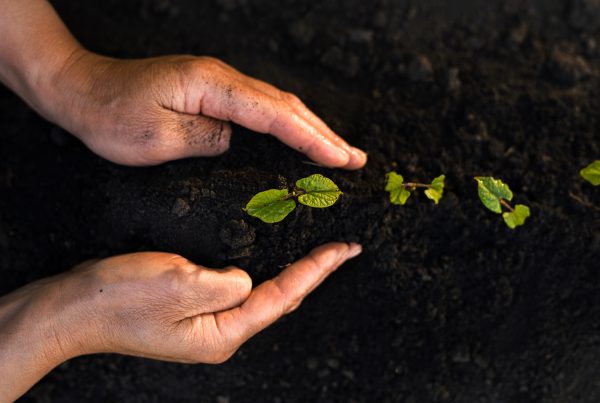Navigating a global pandemic has been an extraordinary time for mankind. Sadly, our response to the virus in terms of single-use protective wear will affect the planet’s health for years to come. Billions of plastic masks, gloves, and other PPE have been manufactured and disposed of into general waste, with ecological ramifications lasting long into the future.
In many ways, the worldwide pandemic had positive implications for the natural world. Government-imposed lockdowns meant a sudden reduction in industrial emissions and a slow-down in the exploitation of natural resources.
Less human travel by road, air, and sea improved air quality and meant less injured wildlife on streets and in the ocean. A reduced shipping trade and a decline in industry supply chains caused a significant drop in pollution and greenhouse gasses.
Across the world, this industrial shutdown was noticeable in satellite imaging and reports of animals reappearing in areas they hadn’t been seen in years. By these accounts, it appeared mother nature was resurging.
However, looking past these promising headlines, the real environmental villain in the pandemic saga has been single-use plastics: their sky-rocketing use and consequential pollution.
The highly infectious and rapidly spreading virus called for the urgent production of personal protective equipment (PPE). Masks, gloves, sanitiser wipes, and face shields were manufactured on a mass scale, and people all over the world were encouraged to use them. Medical-grade PPE was recommended for one use only. While this equipment played a significant role in preventing the spread of the virus, it meant a tsunami of discarded plastic items.
With no systems set up to effectively manage the onslaught of PPE, these items went straight into the garbage, contributing to an already dire plastic pollution problem. Presently, it is estimated that up to 3.4 billion single-use face masks and face shields are thrown away worldwide every day.
World Wide Fund for Nature (WWF) found that if a very reserved estimate of 1% of these discarded surgical and face masks find their way into the environment, it could mean as many as 100 billion masks every month. This mass of unprecedented litter is destined to affect natural environments and oceans for generations.
Justifiably, during the height of the pandemic, the need for hygiene and convenience overcame our desire to reuse and recycle products.
Whenever large-scale government lockdowns limited public movement, households resorted to ordering takeaway meals. Plastic food containers made a comeback, and inevitably, these plastic takeout dishes and polyethylene packaging were thrown out with the trash.
Likewise, Keep Cups were banned in many coffee shops for hygiene reasons. Outlets opted to revert to the easier, more sanitary option of single-use cups instead of staff having to handle items unnecessarily. Similarly, many shops and supermarkets moved to individual plastic packaging to limit unnecessary contact and contamination.
In a matter of months, the pandemic essentially reversed any progress toward an eco-mindset and reignited our dependence on single-use plastics. At the same time, recycling programs in many countries were paused in an effort to stop the virus from spreading on contaminated surfaces.
After more than two years of managing the COVID-19 outbreak, countries worldwide now produce and discard millions of masks and other plastic protective items at an alarming rate. Presently, this shows no sign of slowing down, and the full eco-impact will take some time to understand.
The single-use waste surge has highlighted our need to invest in a circular economy of organics. Never has it been more important that we revive our pre-pandemic focus on sustainable products and waste management solutions.
It’s time to recalibrate efforts to reduce use, reuse what we can, and make mindful choices in the products we use.




